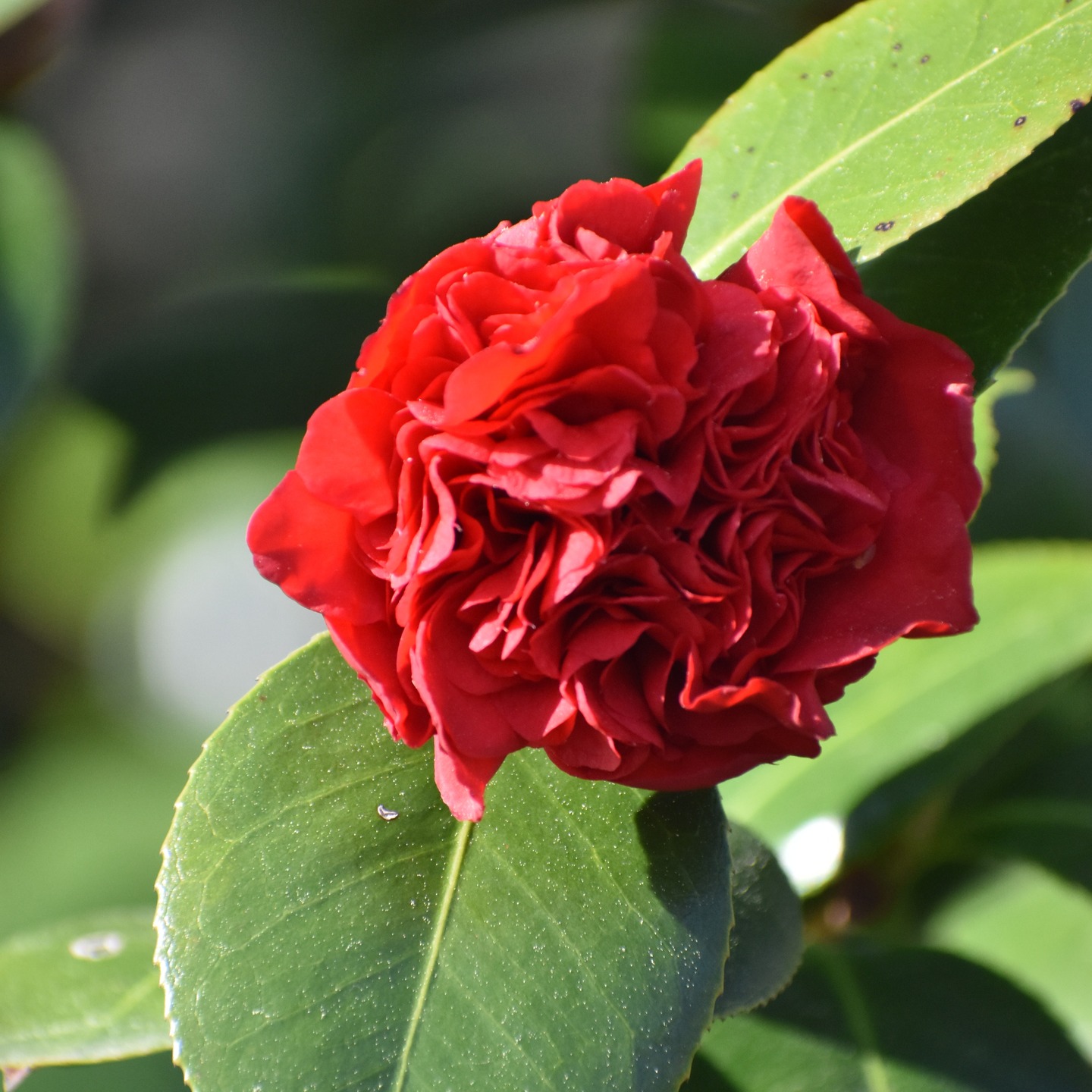- The Role of Riverbanks Botanical Garden in Wildlife Conservation and Education
- Highlighting Flora Diversity and Spring Blooms at the Riverbanks Botanical Garden
- The Interconnection of Riverbanks Botanical Garden with Zoology and Ecosystem Protection
- Visitor Engagement: Learning Opportunities and Conservation Awareness
- Environmental Impact and Sustainability Practices at Riverbanks Botanical Garden
Riverbanks Botanical Garden is a beacon of conservation, education, and horticultural excellence. Located at Riverbanks Zoo & Garden, it is recognized not just for its beautiful displays of flora, but also as a critical player in wildlife conservation and education initiatives. In fostering an appreciation of our natural world, the garden plays a vital role in enhancing conservation efforts and promoting ecological literacy among its visitors. It aims to create a connection that extends beyond the confines of the garden, encouraging conservation efforts at personal and community levels.
The Spring bloom is a much-anticipated event at Riverbanks Botanical Garden, marking a vibrant period in the garden’s calendar. This phase showcases an extensive variety of plant species that are carefully selected to demonstrate the incredible diversity of flora. Visitors can expect to be greeted with a spectacle of colors, shapes, and aromas. The blooming of flowers such as tulips, daffodils, and cherry blossoms is a testament to the intricate planning and horticultural expertise that underpin the garden’s operations. Such events underscore the importance of botanical gardens as living plant museums that preserve endangered species while educating visitors about biodiversity.
Riverbanks Botanical Garden seamlessly integrates zoology principles into the fabric of its operations, illustrating the intrinsic connection between plant life and animal ecosystems. This complex relationship is vital in creating stable environments for the diverse species that depend on one another for survival. The garden provides habitat for various pollinators such as bees and butterflies, demonstrating the essential role plants play in sustaining wildlife. By maintaining such ecosystems, Riverbanks promotes the importance of preserving habitats for animal species, thereby underscoring its role in promoting ecosystem protection.
One of the garden’s primary missions is to provide education and raise awareness about environmental conservation. Visitors are encouraged to explore interactive displays and attend workshops that cover a wide range of topics, from plant cultivation techniques to animal conservation strategies. Such initiatives aim to inform and inspire visitors, transforming casual observers into passionate advocates for the environment. The hands-on learning opportunities available at Riverbanks are designed to instill a lifelong appreciation for the natural world and its conservation.
Sustainability is a cornerstone of Riverbanks Botanical Garden’s operations. The garden implements numerous practices aimed at minimizing its environmental impact, from water conservation and soil improvement methods to energy-efficient operations. Such efforts reflect a commitment to environmental stewardship and serve as a model for sustainable practices that can be adopted by visitors in their everyday lives. By showcasing these methods, Riverbanks Botanical Garden provides a blueprint for the effective conservation and utilization of natural resources.
Riverbanks Botanical Garden, with its emphasis on spring blooms and ecological education, offers a profound opportunity for visitors to engage with nature. By focusing on conservation and sustainability, the garden not only enhances its local environment but also contributes significantly to global conservation efforts. By visiting Riverbanks Botanical Garden, individuals can experience firsthand the wonders of plant biodiversity while gaining insights into the imperative of wildlife and environmental protection.
*****
Source Description
Spring has sprung at Riverbanks Botanical Garden! 🌷🌼 Come explore the stunning blooms, breathe in the fresh air, and stop to smell the flowers! 😉


